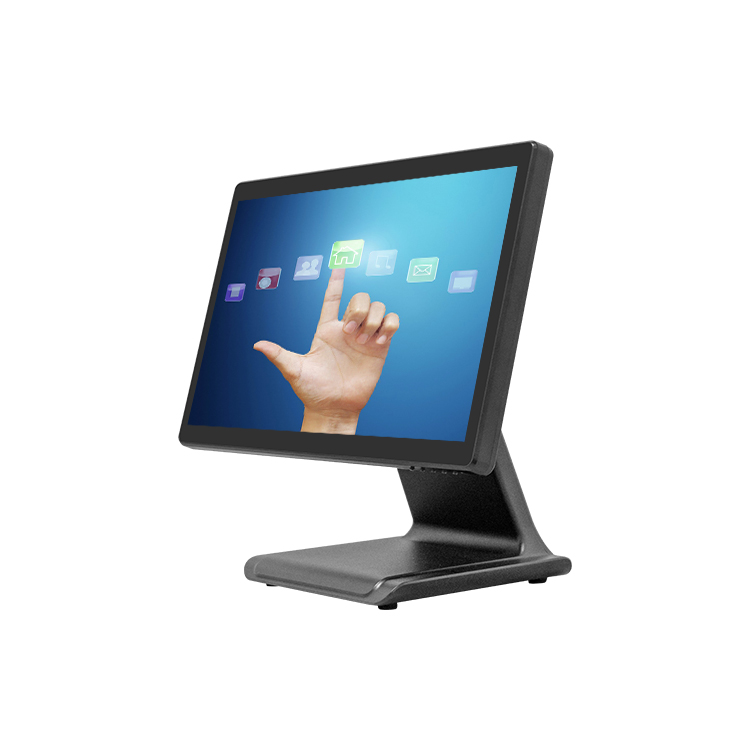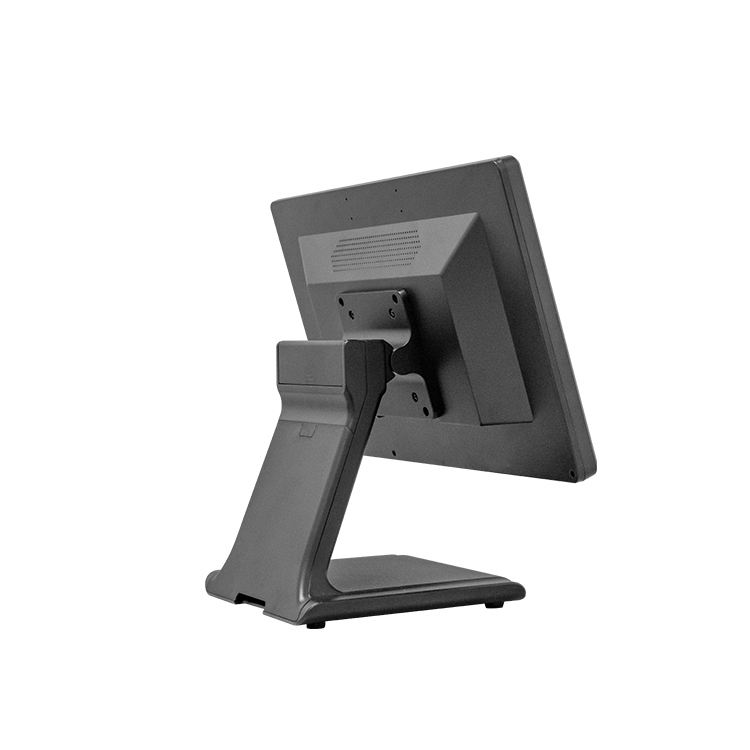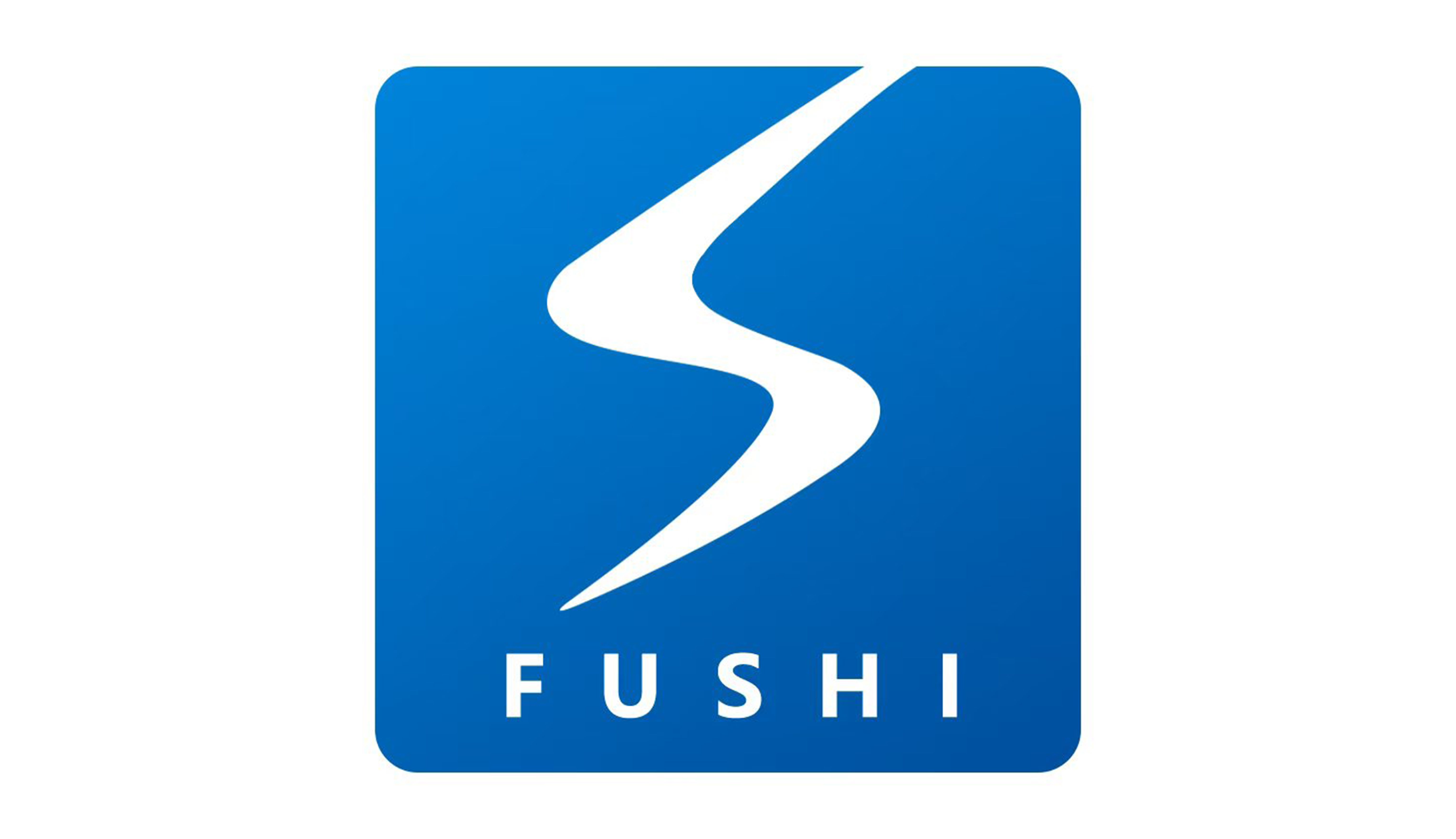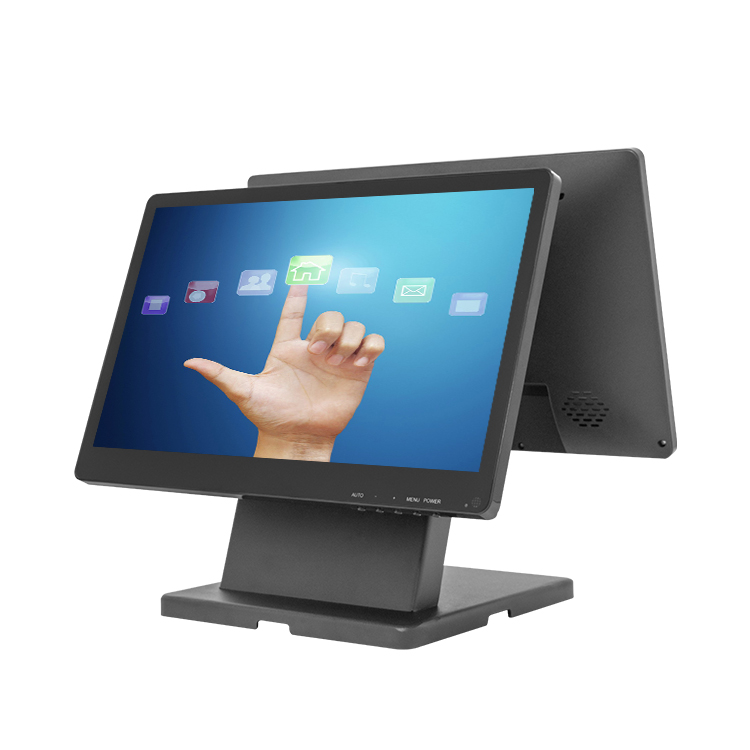In today's rapidly advancing technological landscape, touch monitor have gained significant popularity across various industries. These innovative devices offer numerous benefits that help improve efficiency and productivity in the workplace.
1. Improved User Experience
One of the key advantages of touch monitors is the improved user experience they provide. With a simple touch, users can quickly navigate through menus, access information, and perform various tasks seamlessly. This intuitive interface eliminates the need for complex input devices like keyboards or mice, making interactions with the system more natural and effortless.
2. Increased Accuracy and Precision
Touch monitors enable precise and accurate input, especially in industries where precision is crucial. Whether it be data entry, graphic design, or industrial control systems, touch monitors allow users to directly interact with the content on the screen, minimizing errors and reducing the need for additional equipment.
3. Enhanced Collaboration and Communication
In industries where teamwork is essential, touch monitors facilitate enhanced collaboration and communication. These interactive displays enable multiple users to work simultaneously, making it easier to share ideas, brainstorm, and make real-time changes. This fosters better collaboration among team members and promotes collective decision-making, resulting in improved overall productivity.

4. Streamlined Workflow and Time Savings
By eliminating the need for traditional input devices, touch monitors simplify and streamline workflow processes. Tasks that typically require multiple steps or switching between different devices can now be done with a simple touch, reducing the time and effort needed to complete them. This increased efficiency leads to significant time savings, allowing industries to optimize their operations and handle higher workloads.
5. Flexibility and Adaptability
Touch monitors offer flexibility and adaptability that traditional monitors lack. They can be easily integrated into existing systems, replacing older displays without significant modifications. With touchscreen capabilities, these monitors can cater to a wide range of applications and industries, including retail, manufacturing, healthcare, and more. Their versatility makes them an ideal choice for organizations with evolving technological needs.

6. Improved Ergonomics and Reduced Fatigue
Touch monitors promote improved ergonomics and reduce fatigue in the workplace. With touch-based interactions, users can adopt more comfortable postures, minimizing strain on the neck, shoulders, and wrists commonly associated with traditional input devices. This can lead to improved employee well-being, higher job satisfaction, and ultimately increased productivity.
Conclusion
Touch monitors offer a myriad of benefits across industries, including improved user experience, increased accuracy, enhanced collaboration, streamlined workflow, flexibility, and improved ergonomics. By harnessing the power of touch, industries can boost efficiency and productivity, ultimately leading to better outcomes and a more competitive edge in today's fast-paced world.



